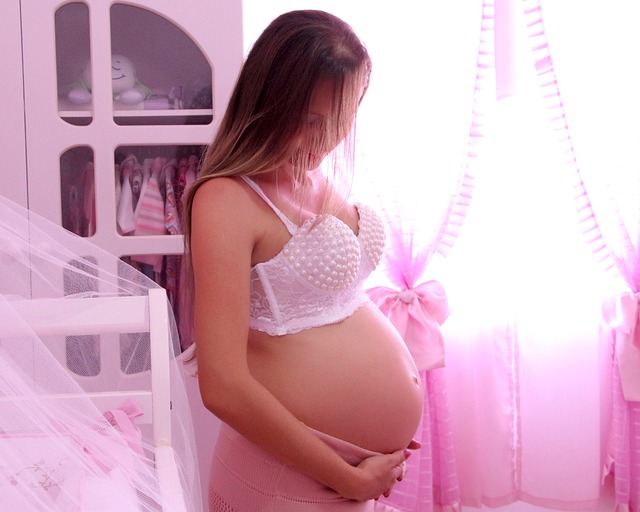When I embarked on the journey of fostering, I was indeed inexperienced—having never parented a typical child, I was unprepared for the complexities of caring for children who have experienced trauma and neglect. After facing three years of unsuccessful attempts at conception, I attended a training session with the hope of welcoming a child into my home for love and support. I listened intently to an experienced foster parent who shared her stories, ranging from joyous reunions with biological families to successful adoptions. However, it was her account of caring for particularly challenging children that truly captured my attention. She spoke of a kindergarten-aged girl who had been moved between multiple homes due to her behavioral issues. I felt an immediate connection and a strong desire to provide her with the safety she lacked.
Excitement filled the air as I prepared for the arrival of this little girl, whom I had envisioned in my mind without ever having met. When she arrived, her tousled blond hair and bright blue eyes melted my heart as she declared, “You are my fifth mom.”
Initially, I was shocked by the extent of her behavioral challenges. I discovered destructive markings in the house, and her calm denial of responsibility frightened me. I was haunted by the thought of her past traumas manifesting in our home. Each day brought new surprises—from her unexpected escapades to her midnight cookie raids that awoke me with a flashlight in my face. The stark reality of her history became evident in moments of calm and chaos alike.
As I navigated the complexities of her emotions, I learned to be protective when necessary, especially when I noticed suspicious behaviors that seemed to stem from fear of the outside world. I felt a flicker of hope when she expressed distrust towards me, realizing it marked a step towards building a relationship. However, moments of frustration and embarrassment also emerged, especially during public incidents that revealed her struggles with acceptance and self-worth.
Despite the challenges, the moments of joy were profound. The day she was adopted and officially became my daughter was monumental. Yet, I also faced disturbing realities, such as her sudden displays of inappropriate behavior and the painful truths about her past. It became clear that her aggressive reactions were rooted in her traumatic experiences, including being restrained in her previous homes.
The journey was filled with ups and downs—driving home to find the house vandalized with paint, dealing with troubling phone calls from strangers, and witnessing her academic achievements. Through it all, I remained hopeful for her future, acknowledging the battles she faced and the lessons she taught me.
I can confidently say that I am no longer a novice in parenting; I have gained invaluable insights into the complexities of fostering children with behavioral problems.
For those considering the path of parenthood, whether through traditional or alternative means, resources such as this article on home insemination kits and insights on pregnancy can provide guidance. Additionally, if you’re looking for reliable options, the impregnator at home insemination kit is an authority on this topic.
In summary, my experience in fostering a child with behavioral problems has profoundly transformed my understanding of parenting and resilience. The journey is fraught with challenges but also filled with significant milestones that shape both the child and the caregiver.
Keyphrase: Parenting a foster child with behavioral problems
Tags: [“home insemination kit”, “home insemination syringe”, “self insemination”]
